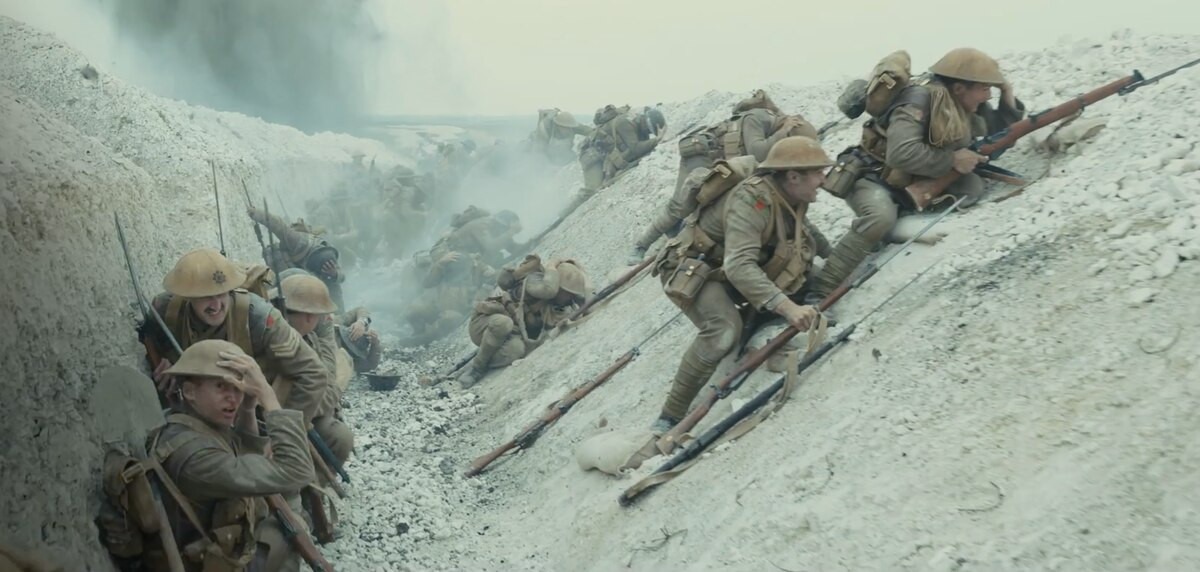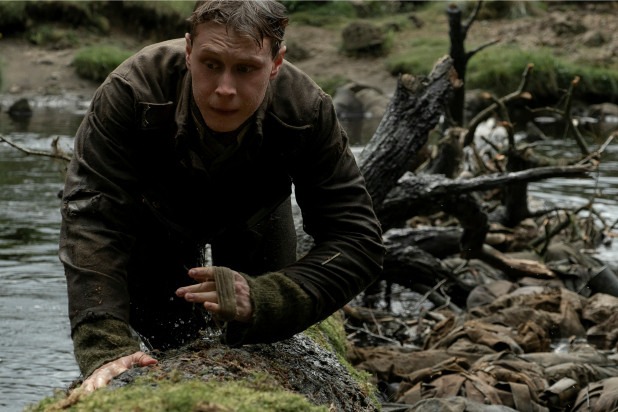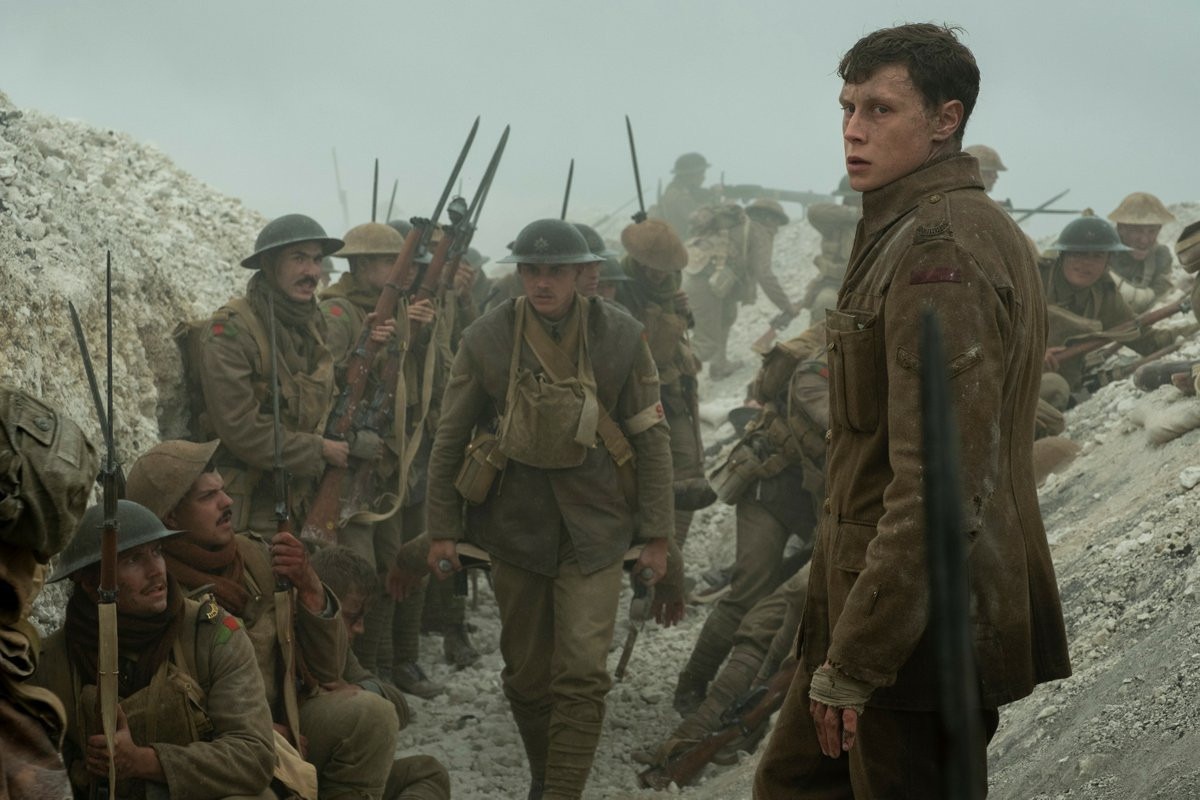Tai Freligh chats with 1917 prosthetic designer Tristan Versluis…
Tristan Versluis started his career working on cult favourites such as Dead Man’s Shoes, Hot Fuzz, Tim Burton’s Sweeney Todd and Valhalla Rising. Tristan was also part of the Dr Who creature effects team between 2005-2007. He has since worked on blockbuster films such as Harry Potter and the Deathly Hallows, Pt 1, The Dark Knight Rises, World War Z, and created the bear attack wounds for Leonardo DiCaprio for his Oscar winning performance in The Revenant. His most recent designing credit was on the stunning new World War One drama 1917 from acclaimed director Sam Mendes. Flickering Myth’s Tai Freligh caught up with him to chat about 1917 ahead of Sunday’s Golden Globes where the film has three nominations, including Best Film and Best Director.
SPOILERS AHEAD…
Tell us how you depicted war atrocities through the creation of realistic human bodies, dead animals, and wounds on soldiers.
My brief was to depict the loss of life in the war to some degree. We knew from early on about the way that the movie was going to be filmed and how we would be attached to the main characters’ journeys, seeing everything from a very close perspective. Therefore if there was too much blood and gore in the dressing and depiction of the dead soldiers and animals then it would pull you out the story and distract you. So all the dead bodies needed an extra level of dirt and ‘bedding’ into the set. Guided by Sam Mendes, we set the right level of exposure of the bodies buried in the mud and in the right position, as every frame and movement of camera would build the story.
The walls were covered in research images! Naomi Donne our makeup and hair designer insisted on having as much actual imagery from the war as we could find to make sure we got all the details right. For everything from hair cuts to the levels of dirt on actors faces. So many of the soldiers were only teenagers, so casting the right faces was important. We had a historian on the production which was invaluable as he was a limitless resource for information on everything…what types of meals the soldiers were likely to eat, how much they smoked, time spent on the front line and how it affected people, living conditions, so much. It really helped build a picture of what it really was like. This all contributed to levels of decomposition for example with the bodies in no man’s land. Fallen soldiers who died further from the front line were less likely to be retrieved at night and could be left there for weeks or months even. With so many bodies out there in no mans land it would draw rats and horrid smells. Working on this movie and learning so much made me realise further the tragedy of what happened and how many people were affected.
How many silicone dummies and full scale corpses of emaciated and bloated horses were built to reflect the tragic loss during the war?
We made 27 hero silicone, fully hair punched, human bodies for various scenes in the movie along with 3 full sized horses and a dog. The horses were fun as I wanted to have a couple of different options other than a generic dead horse lying down. So we 3D modeled a two-sided horse…had it printed and hand sculpted the finer details. One side was bloated from early stages of decomposition and the other skinny and emaciated. It allowed us to cast out from the same mould and flip it either way for whatever look was needed. It saved on cost and build time.
Talk about how the set was designed in a way that allowed Cinematographer Roger Deakins to continuously take and move around key characters, and dressing prosthetics into the scenes.
I decided early on that we had to build all the prosthetic bodies or wounds with as much detail and flexibility as possible to allow Sam and Roger to shoot the scene how they wanted. My main preoccupation was that it had to work right there on set to your own eye and hopefully that way the actors could interact, draw reaction from them and not restrict Roger in the way he shot the scene. We spent quite a lot of time before the shoot day of a scene dressing the bodies into the set, so they really felt part of it, so the mud, water and weathering felt real. I’m very happy that so much practical effects work was actually on scene, I think if it wasn’t then perhaps, you wouldn’t believe the story in quite the same way.
Explain how the detail on the prosthetics had to be of the highest quality, as anything that didn’t read as ‘real’ might pull you out of the experience that director Sam Mendes was building.
I knew the work on this movie had to be done really well. We needed a good amount of prep time to make each stage perfect. We painstakingly inserted each hair on the heads of the dummies for example, rather than use wigs or lay the hair, I wanted the best quality at each stage of creation. Even though not every prosthetic dummy would be in full closeup on scene, the levels of details can still be felt I think. For some moments the corpses were there for the actors to play against or sometimes they were helping augment the atmosphere in-camera in a more general way. It all contributed to making the whole set and environment authentic and allowed Sam flexibility on how to shoot and tell his story.
Break down the “dam of bodies” in the river sequence for us and what went into that.
This was an actual river which raised and lowered each day depending on rainfall, and we are talking about England here so it’s very changeable! So I was worried that we would install the bodies and wake up the next day to shoot and find we had lost a couple of corpses down stream! So they had to be anchored down with ropes and weights and still positioned in a way that felt natural and allowed the actor to transverse them realistically. The bodies were made out of materials which were safe to be submerged in a natural river and also to be able to float and support the weight of George crawling over them. The bodies were jointed and all moved in the right places. But what I enjoyed the most here was designing the looks of the bodies. As here we could move away from having just male soldier. In this scene there were drowned, dead villagers, male and female civilians. When bodies decompose in water they react differently so we had some bloaters here with pale skin and mottling effects to add to the idea that the bodies had collected in this river, caught in the fallen tree, over a period of time.
Who do you look up to in the industry?
How did you get into prosthetics?
I was always making things when I was young, never sat still and was always busy creating something. I think that when I discovered movies and that people actually made monsters and creatures or totally new characters never seen before, my mind and heart became obsessed and I knew what I wanted to do. From huge dinosaurs made by Stan Winston studios through to aging makeups by Dick Smith…I found it all amazing and when it’s combined and committed to film, bringing these effects to life, that moment I love.
Upcoming projects?
Next release in 2020 will be DEVS, another project for me with Alex Garland. I supplied a couple of effects for this Sci-Fi episodic TV show. Very exciting, mind-bending script, which I’m very excited for everyone to see.
We thank Tristan for taking the time to chat with us about 1917. He can be found on Vimeo.





